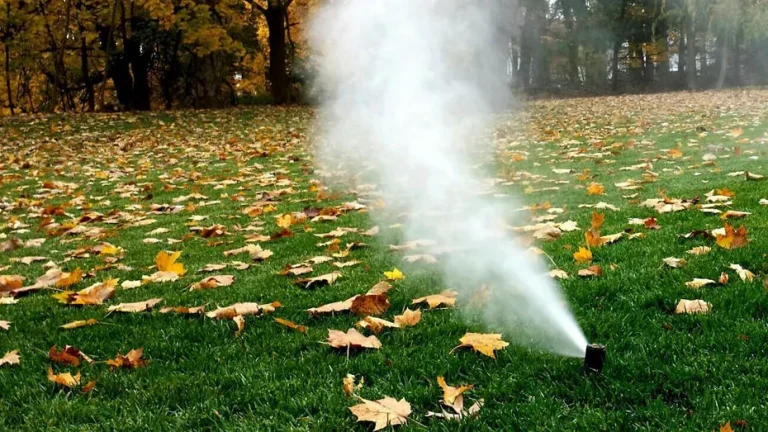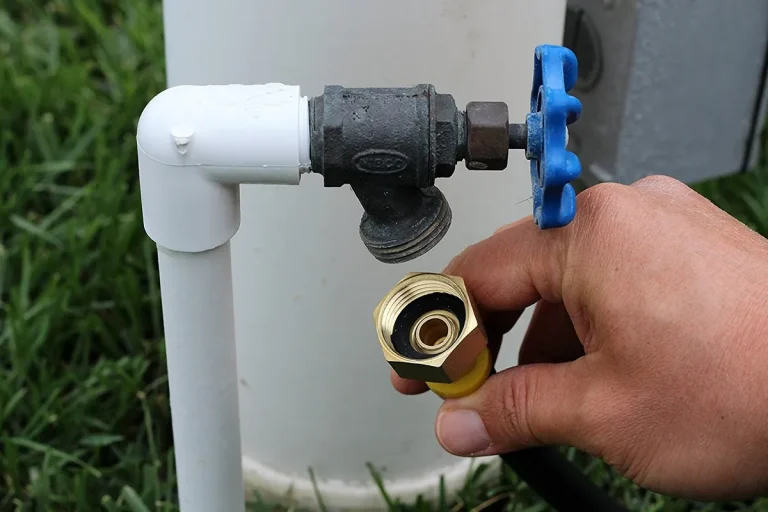Winterizing Your Irrigation System

Winterizing your sprinkler network is an important part of maintenance that needs to be done annually in any location that drops below freezing at any point in the year. Without it, you risk damaging components of your irrigation system from pipes to valves to rotors and heads. Here we will quickly explain what winterizing is, how it works, and why it’s important.
What is Winterizing and Why It’s Important
Winterizing is the act of preparing your sprinkler system for cold temperatures that dip below freezing. Also known as a blow out, air is pumped throughout your entire irrigation network to blow out water that is left inside from the last time your irrigation system was left on. Compressed air is blasted into each and everyone zone for about 5-10 minutes to make it dry enough that there’s not enough moisture left over to cause damages when it freezes. Since water expands when it freezes, too much water trapped in the system will burst pipes and other vital components such as control valves and popup heads. A proper winterizing won’t leave the system bone dry but will blast out most of the water.
How to Winterize Properly

You want an air compressor that will be able to sustain around 100-120 psi for at least one zone at a time, preferably more. This usually requires a commercial compressor that is towed behind, which can be rented. A smaller one will take far longer to do a proper blowout. If there is insufficient air pressure, you risk water being left over and trapped in the system. Furthermore, blasting the air for too long will damage pipe and components from heat since compressed air is hot. In order to do a blow out, you will need to shut off the master control valve, often a red handle in one of your green boxes, often close to the water box from the city. You will also want to open at least one zone, more if you can sustain pressure, manually turning the control valve by about 25%. There should also be a blowout valve either right before or after the backflow preventer with a blue handle to attach to the air compressor. When the system is active, there should be a fine mist coming out of all the nozzles. If the blowout is before the backflow, there are black screws that should be turned to open on the backflow preventer to blowout the water in those testing areas as well. Once winterizing is completed, do not turn water on until the Spring.
Conclusion
Winterizing is important in keeping freezing water from bursting your irrigation pipes and components. At the same time, you must use the correct procedures or your irrigation lines may explode from the air pressure or melt. Be sure to use the correct equipment or your winterizing efforts may be completely ineffective from insufficient pressure.